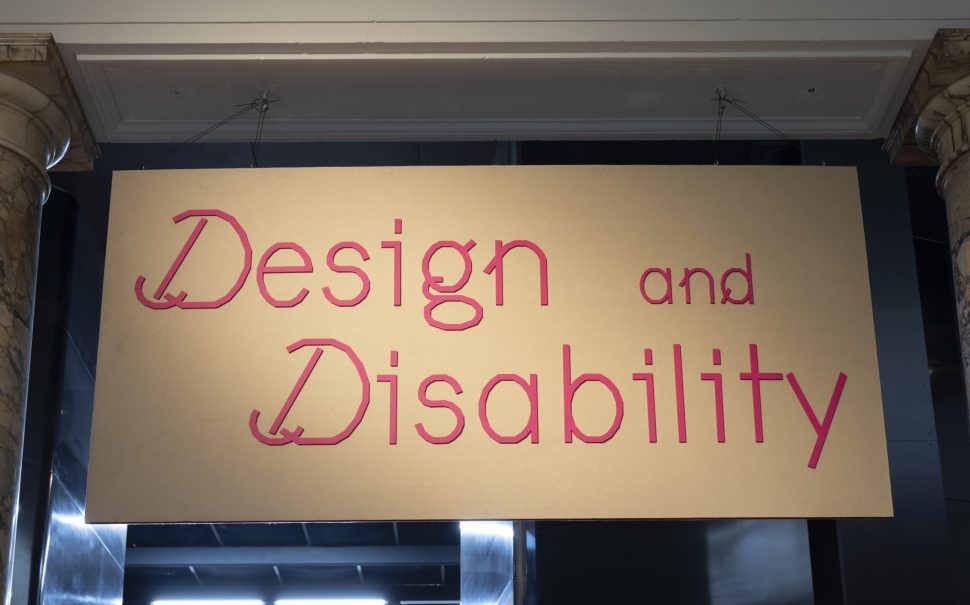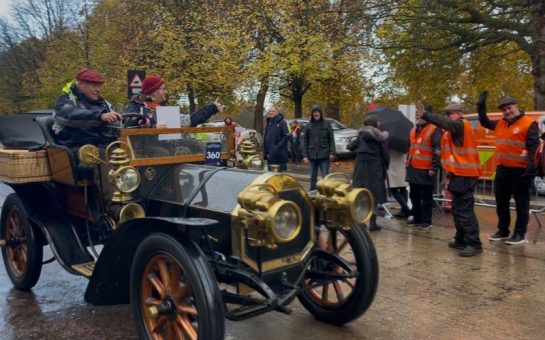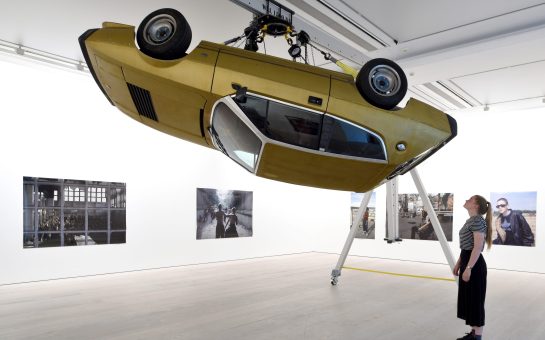A new V&A exhibition showcases the contributions of disabled, deaf and neurodivergent people to design history.
Design and Disability sees 170 objects are displayed across the exhibition’s three sections of Visibility, Tools and Living.
Visibility explores how disabled makers visualise and express their own identities across the creative fields, Tools, explores the creativity of disabled people in adapting and subverting designed objects to suit a greater diversity of access needs, and Living explores how disabled people have advocated for access and design through artistic interventions and solidarity movements.

Natalie Kane said: “This exhibition shows how disabled people are the experts in our own lives, and have made invaluable contributions to our designed world.
“Design and Disability aims to honour disabled life as it engages with creative practice, presenting a strong culture of making that has always been central to Disabled identity.
“In putting this show together, it is an act of joy and resistance.”
The objects displayed range from photos by Simon Way of Jaipur Foot, who make free prosthetic limbs for millions of people across India, to the McGonagle Reader, an audio-assisted voting device to help Blind and low-vision people vote independently.
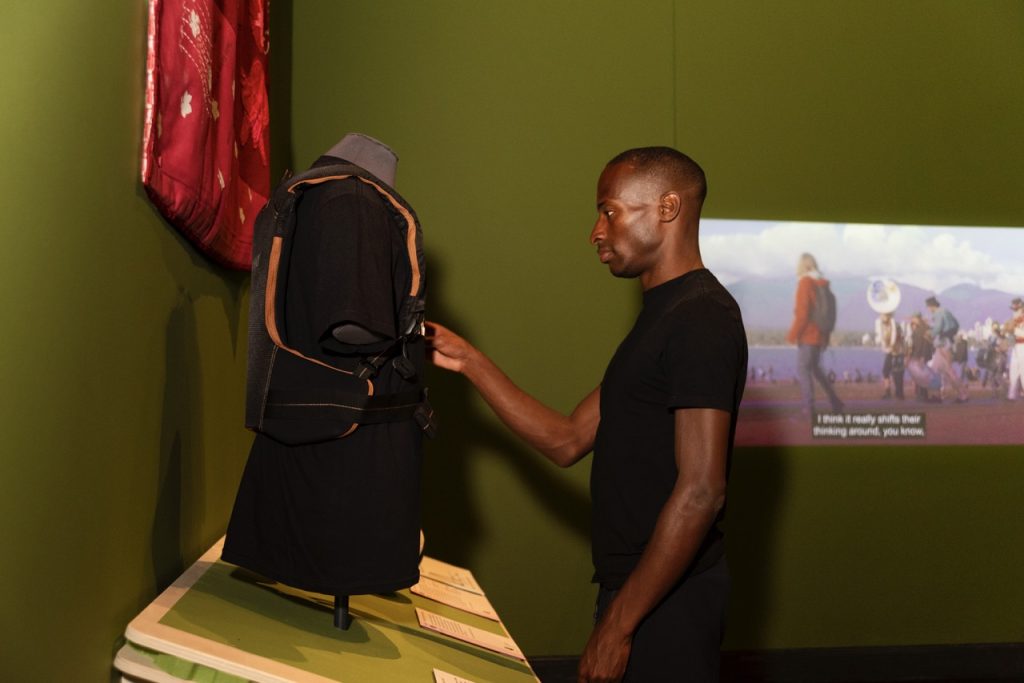
Others include the Woofer Vest by Deaf Rave, a vest embedded with vibrating tactile discs which translate sound into a tangible experience.
Beyond the objects exhibited, Design and Disability also features several design stories, such as Why ‘Positive’ Change can Threaten Disability Rights, which explains how certain initiatives such as the introduction of paper straws can negatively impact disabled people with high support needs.
This exhibition comes at a particularly poignant moment, as the UK government recently announced plans to cut disability benefits by £5billion a year.
Unsurprisingly, the exhibition is designed with inclusivity and access at the forefront.
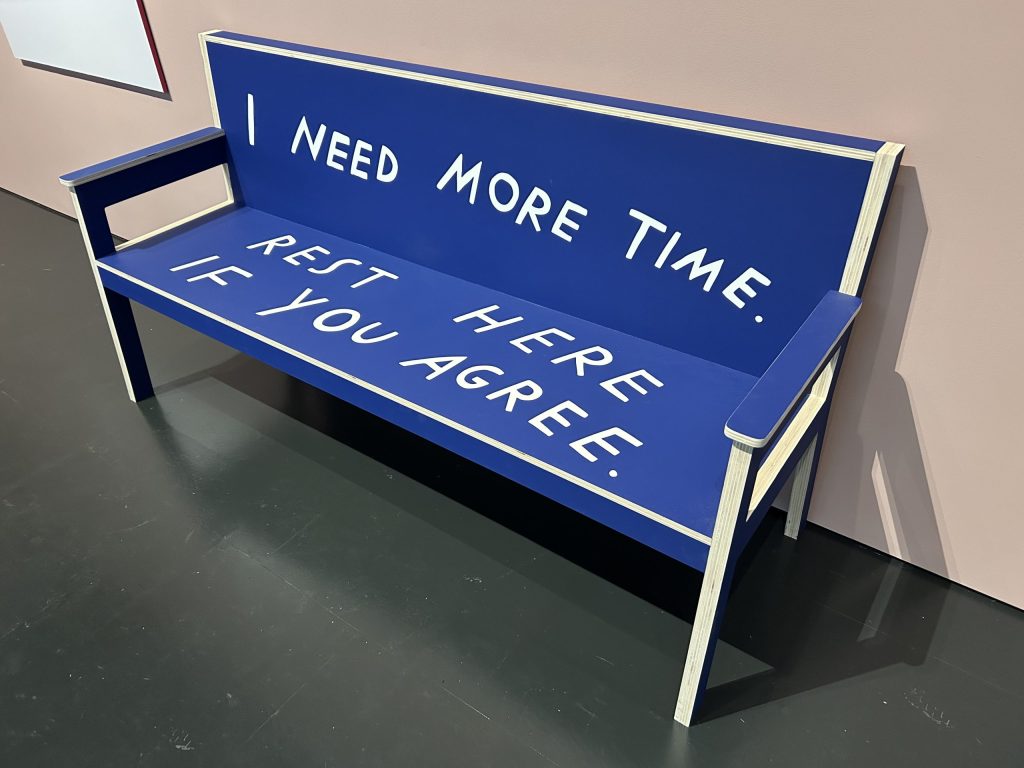
Visitors are invited to touch certain tactile objects such as a model of Block Party, a reimagining of Prince Street in California with disability-first proposals, and the aforementioned Woofer Vest.
It also features BSL guides as well as tactile surfaces and floors to help orient low-vision and blind visitors.
In the initial room of the exhibition, there are tactile and sensory maps to assist visitors in planning their journey around the exhibition.
The exhibition will run from 7 June to 15 February, with tickets starting at £4.50 but free for Disabled people and a companion, as well as V&A members.
For Tickets and more information, click visit the exhibiton’s website.
Picture credits: V&A
